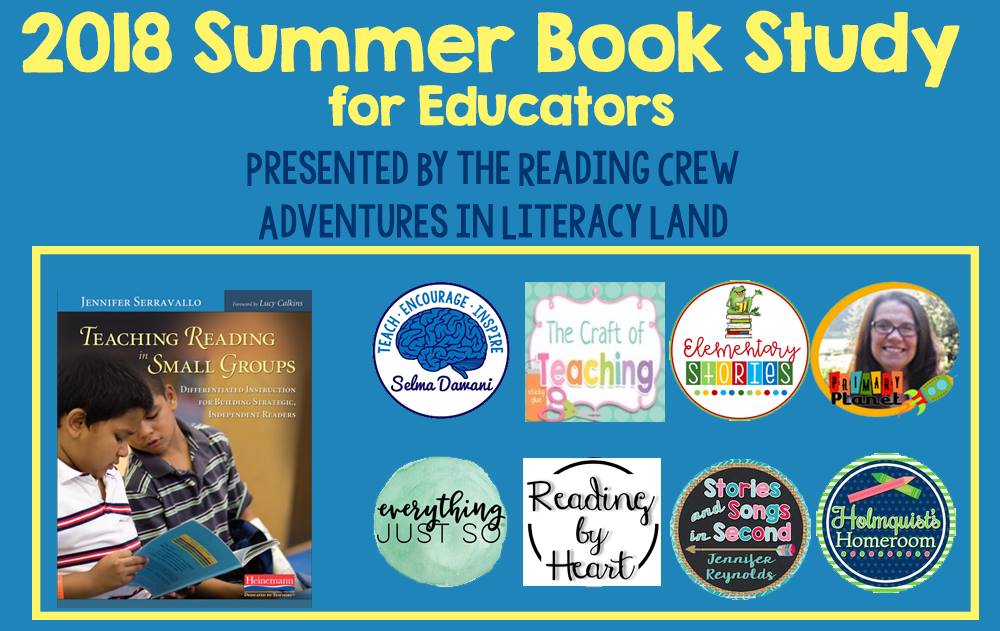“We want all of our kids to become confident, thinking-intensive readers who build knowledge as they go.”
This quote is a great summary of Chapter 6. The focus of Chapter 6 is built around eight action steps to building thinking skills in all students.
1) Teach comprehension strategies explicitily.
2) Teach with the Gradual Release of Responsibility framework
3) Use interactive read-alouds
4) Build fluency, comprehension, and confidence
5) Attend to signposts: text features, graphic features, and signal words and phrases
6) Teach with images, videos, graphics, and artifacts
7) Engage kids in temporary, flexible, needs-based small group instruction and small- group work.
8) Share pathways to understanding through digital reading, listening, and viewing.
For this blog post, I really want to focus on teaching comprehension explicitly and using interactive read-alouds.










